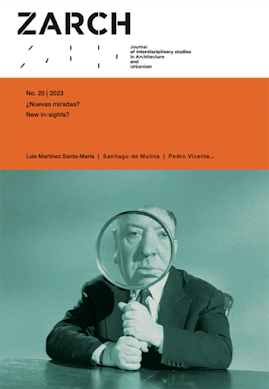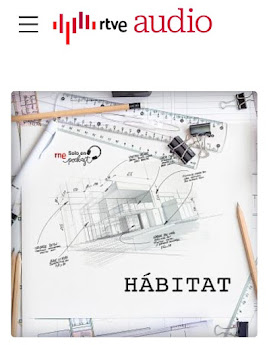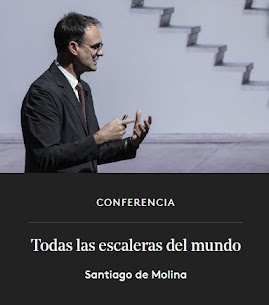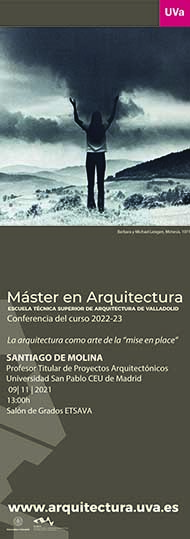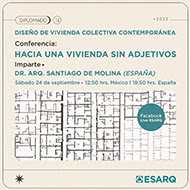El abajo mantiene siempre una resonancia con la gravedad, una fuerza que actúa en nosotros al mismo nivel de conciencia que tenemos del latido de nuestro corazón o la respiración. En el abajo nos interpelan las grutas y los fondos terrestres y marinos. Somos seres discretamente anclados y quizá por eso imaginamos el abajo en términos sociales como lo inferior. En nuestro léxico el abajo es indefectiblemente lento y, en muchas ocasiones, malo. El descenso coagula y realiza. Si arriba está lo luminoso y positivo, abajo encontramos lo que se oculta, lo que se soporta.
Se está abajo cuando no se levanta cabeza; uno está hundido cuando no consigue remontar el vuelo de los sueños. Abajo está el infierno, y no está allí por accidente. Las clases bajas, los bajos instintos, todo lo que cae ("caer rendido") recibe automáticamente la carga de una sombra ancestral. La diosa mesopotámica Inanna y la griega Perséfone descienden al reino de los muertos. Se trata de una imagen tan antigua que existe antes que la propia antigüedad. Forma parte de esa mitología compartida en la que lo profundo no es solo un lugar, sino una región que interpela a la moral, a lo social, a la memoria y, por supuesto, a la arquitectura. Las bodegas y los sótanos constituyen los oscuros depósitos donde guardamos lo que no cabe en la superficie.
Desde sus orígenes la arquitectura es sensible a este territorio de lo inferior. Sabe que el abajo tiene cualidades más allá de la humedad y lo telúrico. Hay un punto en el que lo que está abajo deja de ser simple hundimiento para convertirse en un lugar desde el que intentar subir. Ese lugar es lo que conocemos por su línea de flotación.
El Guggenheim de Wright es un lugar de bajada, al menos tanto como lo es el infierno de Dante. Piranesi es uno de los "maestros del abajo". Tanto es así que hizo que sus escaleras no condujesen a un lugar superior. Sus cárceles simulan la salida, pero mantienen al visitante atrapado en un descenso perpetuo. En sus grabados el abajo no es solo lo profundo, es el fondo sin horizonte y sin arriba.
Las imágenes del descenso en arquitectura rozan lo incontable. Cada casa, de hecho, y como demostró Bachelard, tiene un abajo, sea en forma de sótano, de alacena o de armario. Todos esos abajos están conectados con una forma de intensificación del conocimiento de los sueños y la fantasía. El abajo, como el arriba, son los dos vectores de lo que Mircea Eliade bautizó como axis mundi. En medio de dos flechas que apuntan al infinito del espacio cósmico y al centro del mundo, nos encontramos nosotros. Atrapados en ese suave ecúleo que es la arquitectura.
The below always maintains a resonance with gravity, a force that acts within us at the same level of awareness as the beating of our heart or our breathing. In the below we are addressed by caves and by the earthly and marine depths. We are beings discreetly anchored, and perhaps for that reason we imagine the below in social terms as what is inferior. In our lexicon the below is unfailingly slow and, on many occasions, bad. Descent coagulates and realizes. If above lies what is luminous and positive, below we find what is concealed, what is endured.
One is below when one cannot lift one’s head; one is sunk when one cannot recover the flight of one’s dreams. Hell is below, and it is not there by accident. The lower classes, base instincts, everything that falls (“to fall head over heels”) automatically receives the weight of an ancestral shadow. The Mesopotamian goddess Inanna and the Greek Persephone descend into the realm of the dead. It is an image so ancient that it predates antiquity itself. It forms part of that shared mythology in which the deep is not only a place but a region that addresses morality, society, memory, and, of course, architecture. Cellars and basements constitute the dark repositories where we store what does not fit on the surface.
Since its origins, architecture has been attuned to this territory of the inferior. It knows that the below has qualities beyond dampness and the telluric. There is a point at which what lies below ceases to be mere sinking and becomes a place from which one might attempt to rise. That place is what we know as its waterline.
Wright’s Guggenheim is a place of descent, at least as much as Dante’s hell. Piranesi is one of the “masters of the below.” So much so that he made his staircases lead nowhere higher. His prisons simulate an exit but keep the visitor trapped in a perpetual descent. In his engravings the below is not only the deep; it is the bottom without horizon and without an above.
Images of descent in architecture verge on the countless. Every house, in fact, as Bachelard demonstrated, has a below, whether in the form of a basement, a pantry, or a cupboard. All these belows are connected to a kind of intensification of knowledge born of dreams and fantasy. The below, like the above, are the two vectors of what Mircea Eliade called the axis mundi. Caught between two arrows pointing toward the infinity of cosmic space and toward the center of the world, we find ourselves. Caught in that gentle rack that architecture can be.

























_-_left_hand_screen,%20imagen%20wikipedia.jpg)













